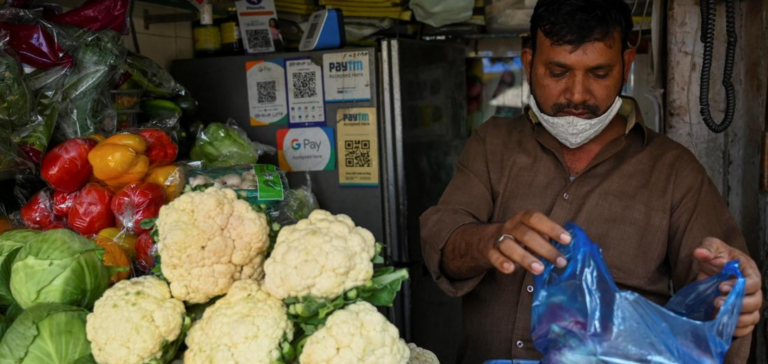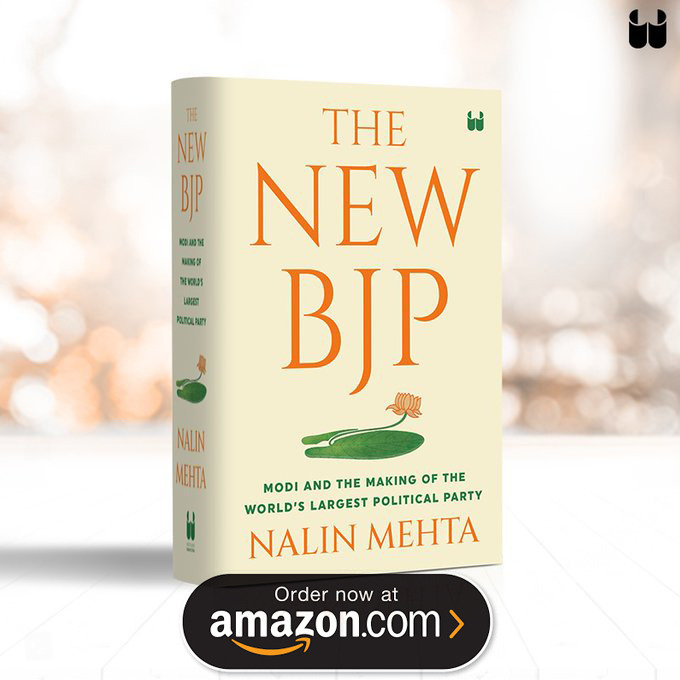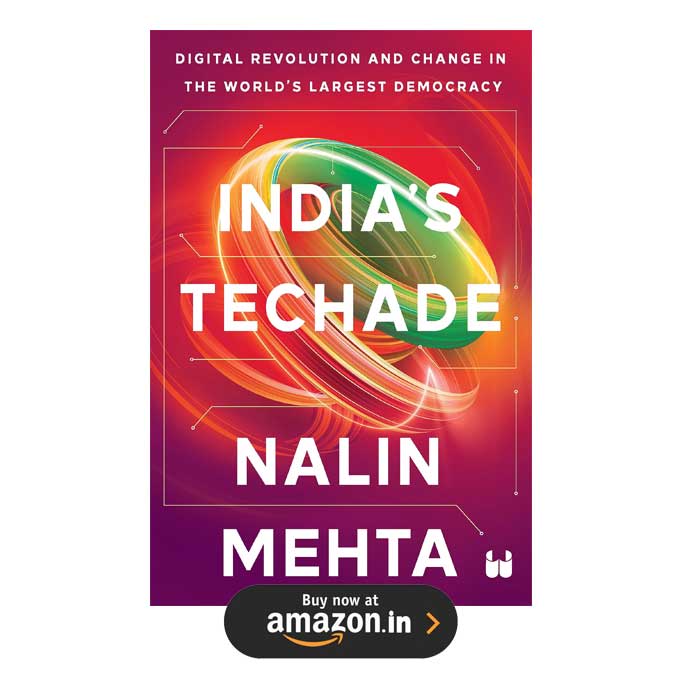This article was first published on scroll.in| AUGUST 21, 2023
We were standing in a queue at an amusement park in Noida when the cashier asked a group of young men standing directly in front: would they pay in cash or by card? They were all Hindi-speaking teenagers from nearby villages. Not the kind you would expect to possess bank cards. Suddenly one of them piped up with a smile, “Modiji has said no, go digital. So, we will pay by UPI.” They broke into loud guffaws and good-natured backslapping. But I noticed they all took out their phones and paid for their tickets digitally.
When I asked the young men about the Modi comment, they responded with slightly self-conscious but proud smiles. Not all of them were BJP supporters, I realised later in conversation. Some of them voted for the Samajwadi Party, BJP’s great rival in UP. But the conversation was a useful reminder of how intertwined UPI’s success is with politics.
The quantum growth of UPI may seem a fait accompli now. But no one could have predicted it when the system was launched in 2016.
As [Minister of State for Electronics and Information Technology Rajeev] Chandrasekhar explained when asked about the early challenges, “It is not easy from an execution point of view. It is not easy because of the vested interests that will fight it. It is not easy because of the political people who will oppose it. It is not easy because all of those so-called gyanis [learned ones] in Delhi – who are the status quoists – who don’t like change and will say, ‘No, no, no … What if, what if, what if.’ The big push came politically.
On December 25, 2016, the Central government, the ministry and Niti Aayog started two schemes which provided incentives for shop vendors to adopt digital payments: the Lucky Grahak Yojana and DigiDhan Vyapar Yojana. Within the first three months, by March 2017, 14 lakh people and 77,000 merchants had been disbursed a total of Rs 226.45 lakh (Rs 1,76,95,40,000 to consumers and Rs 49,50,00,000 to merchants) under the two incentive schemes. Early adopters were given cash awards. Fifteen thousand daily winners qualified for the total prize money of Rs 1.5 crore every day. In addition, 14,000 weekly winners qualified for prize money of over Rs 8.3 crore every week. 62 The idea was that “if you did digital payments, you will get so many incentives. It was a cashback scheme”.
Significantly, Modi fronted this push, lending his political weight to the drive. Large full-page advertisements were printed in newspapers. As a senior government official recalls, “The ministry took big advertisements out – in six steps, how digital payments are done, whether you have mobile with data, feature phone or smart phone, Aadhaar-enabled payment or not. They showed how with six steps you can close a transaction.”


